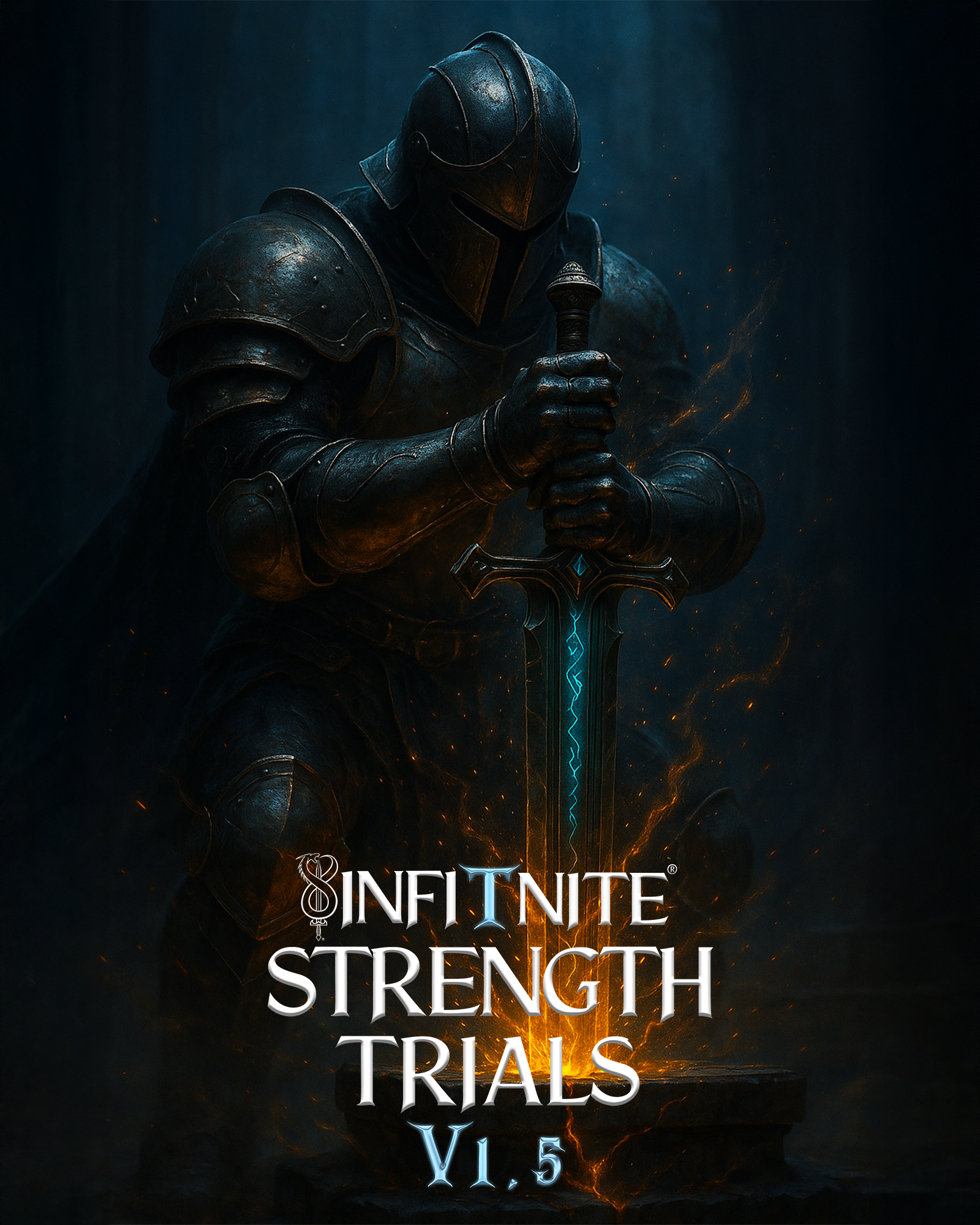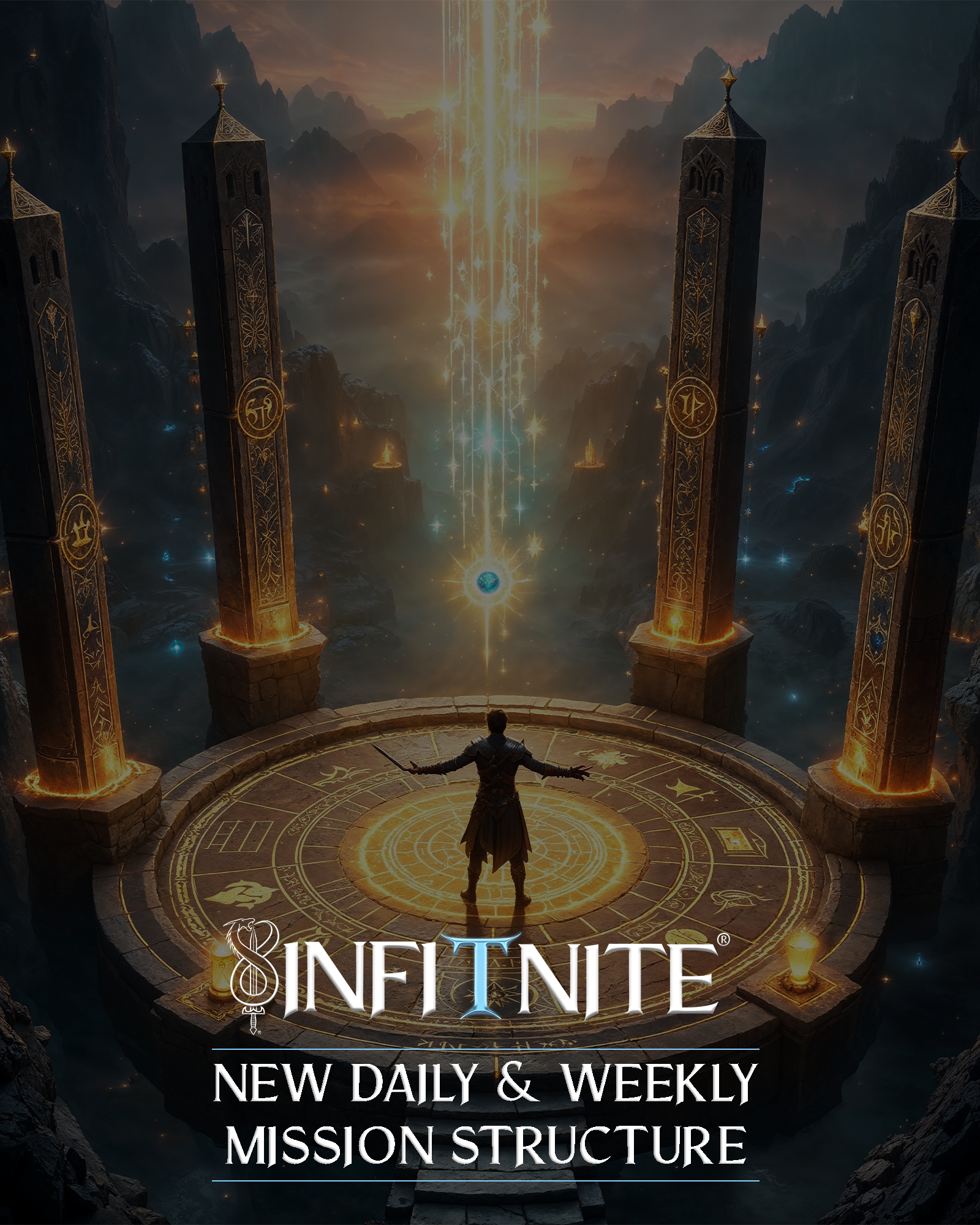The strongest Warriors once trembled the first time they lifted the iron.
Not from fear, but from the quiet shock that strength had a weight all its own.
Every Warrior’s journey starts here.
And if you’re reading this, you’re about to learn the most important principle that determines whether your body transforms, stays the same, or slowly deteriorates.
This guide will give you clarity.
It will give you direction.
And it will plant a seed most beginners never receive until years of trial and error later.
This is the heart of Physical Combat.
This is Progressive Overload.
What You’re About to Learn
By the end of this tutorial, you’ll understand:
What progressive overload really is
What it is not (the common myths will surprise you)
The right and wrong ways to pursue it
Why plateaus happen and how to break them
The science behind strength and muscle adaptation
How structured programming makes overload possible
And why true progression is never linear, but always achievable with the right approach
Think of this as your first lesson in the Infitnite Academy.
But instead of chalkboards, you have weights.
Instead of textbooks, you have quests.
Instead of worksheets, you have monsters waiting in each exercise to test your mettle.
Let’s begin.
The Lore of Strength
“In combat, a Warrior does not survive because they strike harder. They survive because they grow stronger.”
Progressive overload is simple, yet profound:
Your body adapts to stress.
To grow, you must gradually increase that stress over time.
That’s it.
That’s the whole idea.
But inside that simplicity lives the entire philosophy of Combat.
Every Quest you complete.
Every set you grind through.
Every rep your muscles recoil against.
Every monster you face in the Training Grounds.
They all whisper the same truth:
If the stimulus stays the same, your body has no reason to change.
If the monsters never grow stronger, neither will you.
In our world, this stimulus is your training stress.
In the real world, it is still the same.
Your body treats load like a question:
“Was this enough to challenge me?”
If the answer is no, you stagnate.
If the answer is yes, you grow.
And if the answer is “Barely… but I survived,”
you have found the sweet spot.
What Progressive Overload IS NOT
Most Warriors get stuck because they misunderstand this principle.
Here are the most common traps.
1. “I must lift heavier every week.”
No.
That’s not overload, that’s fantasy.
Strength doesn’t rise linearly like XP numbers.
Some weeks your body adapts.
Some weeks it holds steady.
Some weeks life punches you in the gut and you regress.
Even in the Dungeon, you don’t slay higher-level monsters every session.
Sometimes you simply sharpen the blade.
Real overload happens over time, not session by session.
2. “Progress only counts if the load increases.”
Again, no.
Load is one tool, not the tool.
There are many ways to increase difficulty:
More reps
More sets
Slower tempo
Better form
Harder exercise variation
Shorter rest
Increased range of motion
Greater intent
Just like monsters come in many powerful forms…
stimulus can increase in multiple ways.
Warriors who only chase load hit walls fast.
Warriors who master the full arsenal progress forever.
3. “I can force progress by trying harder.”
Effort matters.
But adaptation is biological, not emotional.
You cannot will your way past poor programming, lack of recovery, or random training.
Even the strongest Warrior cannot out-scream physiology.
Or brute-force their way through a monster five levels above their readiness.
What Progressive Overload IS
If you strip away the myth, here’s the truth:
Progressive overload is the structured, intentional increase of training stimulus over time to force meaningful adaptation.
Let’s break that into pieces.
1. Structured
Your program must follow a plan.
Not a vibe.
Not a mood.
Not “whatever feels good today.”
Without structure, overload becomes random and randomness kills progress.
If you were leveling in a RPG, you wouldn’t fight random monsters for random XP and hope for the best.
You’d follow a questline built to scale your growth.
Same rules here.
2. Intentional
Every variable has a purpose:
Volume
Intensity
Frequency
Exercise selection
Recovery
Tempo
Range of motion
Time
These aren’t decorations.
They’re levers.
Pull the right lever at the right time, and your body transforms.
Pull them at random, and you get stuck fighting the same low-level monsters forever.
3. Gradual
The Warrior who tries to leap mountains breaks.
The Warrior who climbs them wins.
Small increases compound like interest.
This is the science of adaptation.
4. Over time
Progress doesn’t happen within a workout.
It happens across dozens of them.
This is where most beginners fall off.
They expect a cinematic transformation after three sessions, when the real growth happens in the quieter weeks.
Just like a monster evolution system, your strength evolves more slowly than you expect and more powerfully than you realize.
The Science of Adaptation
Let’s ground this in reality.
When you train, you create micro-damage in muscle fibers.
Your body responds by repairing them slightly stronger or thicker, a process called hypertrophy.
Research shows:
Muscles grow when training volume increases over time
Strength increases when intensity (load) and neurological efficiency improve
Adaptation requires recovery, not just stress
Progressive overload is the #1 predictor of long-term physical change
(Sources: Schoenfeld 2010, Helms 2017, Wernbom 2007)
But here’s the part most Warriors never hear:
Adaptation slows as you get stronger.
Overload becomes harder.
And plateaus become inevitable.
Even in-game, low-level monsters respawn infinitely.
But they stop giving meaningful XP at some point.
Your body works the same way.
The Wall All Warriors Meet: Pleateus
At some point, every Warrior enters a Quest where the monsters feel heavier but their strength stays the same.
That is a plateau.
Plateaus aren’t signs of failure.
They’re proof that you’ve adapted to your current level.
Think of it like an RPG.
At Level 10, enemies drop fast.
At Level 30, they hit back.
At Level 50, they demand planning, pacing, and precision.
Higher strength requires higher stimulus.
Higher stimulus requires smarter programming.
A plateau simply means:
“Your body has mastered this phase. Time for the next one.”
The WRONG Ways to Progress
1. Going heavier with bad form
You didn’t level up.
You just aggro’d a monster too early.
2. Adding volume forever
More is not better.
Better is better.
3. Changing exercises every week
You cannot overload what you cannot track.
You can’t slay monsters if you never face the same creature long enough to learn its patterns.
4. Training harder but never recovering
The Warrior who never rests eventually falls.
5. Ignoring pain signals
Overload is challenge, not hurt.
The RIGHT Ways to Progress
A Warrior thrives when they embrace a balanced approach.
1. Start with consistency, not intensity.
Overload only works if the foundation is stable.
2. Increase one variable at a time.
Never all at once.
Your body needs clarity, not chaos.
3. Cycle difficulty in phases.
This is the secret behind real-world program design.
4. Track your battles.
Reps.
Sets.
Loads.
Tempo.
Find the small wins.
Stack them.
A Warrior who documents their monsters learns faster than one who swings blindly.
5. Listen to fatigue.
Your body speaks if you pay attention.
6. Let your program guide you.
Random effort creates random results.
Structured effort creates transformation.
The Program Design Behind the Magic
Just like you wouldn’t train a new Warrior the same way you’d train a seasoned one, programs must adjust as you grow.
A proper program:
Manages volume so you don’t burn out
Manipulates intensity to challenge the nervous system
Progresses exercise difficulty so movement improves
Weaves in recovery for actual adaptation
Tracks stimulus over time
Prepares you for plateaus
And cycles effort so progress happens again and again
Your program in Infitnite scales monsters the same way real strength scales:
slowly, deliberately, and in phases that match your current level.
This is why progressive overload is never linear.
It’s wave-like.
Cyclical.
Just like combat.
Some weeks you push.
Some weeks you consolidate.
Some weeks you deload.
Each phase prepares the next.
Your First Quest: Applying Overload in Infitnite
Now let’s bring this home.
When you enter a Combat Quest in Infitnite:
Track your victory conditions
Complete your battles with intent
Focus on one variable each week
Let the program lead you through the waves of difficulty
Trust the progression, even when it feels slow
Remember that every set is a vote for the Warrior you’re becoming
And remember that every exercise is a monster—one you must face, learn, and eventually outgrow
You don’t need to force overload.
You just need to follow the path.
The system you’re inside was built to carry you forward.
The Final Lesson: Why This Matters
When you’re training you’re not just getting your heart rate up or getting sweaty.
You’re reshaping your identity.
Growth isn’t built in heroic moments.
It’s built in micro-progressions that seem invisible until one day everything feels lighter.
Your body changes because you give it reasons to change.
And progressive overload is the language your body listens to.
In our world, it’s the difference between fighting low-level monsters forever…
or becoming the kind of Warrior who slays legendary dragons.
If you honor it, everything transforms.
If you ignore it, nothing does.
Simple.
Honest.
True.
Now Go Begin Your Combat Quest
Step into the Training Grounds.
Choose your battles.
Track your victories.
And let each rep carve a stronger version of you.
The Warrior you’re becoming is waiting on the other side of consistent, small, meaningful overload.
Play and become Infitnite.
About the Author
Walter Chambers, the visionary Founder, Lead Designer, and Master Wizard at Infitnite, brings nearly 15 years of professional holistic transformation experience. He holds a comprehensive suite of certifications, including Master Pain-Free Performance Specialist (PPSC*M), NSCA Certified Personal Trainer, Certified Mental Performance Mastery Coach, Certified Conditioning Coach, and Certified Metabolic Nutritionist.
As a lifelong gamer and fitness expert, Walt created INFITNITE, the world’s first Fitness Fantasy RPG, designed for anyone seeking to break through plateaus, discover inner motivation, or push themselves to new heights. Infitnite offers a structured, gamified approach that combines cutting-edge fitness methodologies with immersive gaming principles, guiding individuals on a personalized path to transform their body, mind, and spirit. Through this innovative system, Walt empowers others to unlock their inner warrior and achieve their infinite potential in both personal health and professional life.













Infitnite’s new Skill System fuses behavioral science with RPG design to turn real-life habits into identity-level power. Learn why our Behavioral RPG drives consistency, clarity, and lasting change.